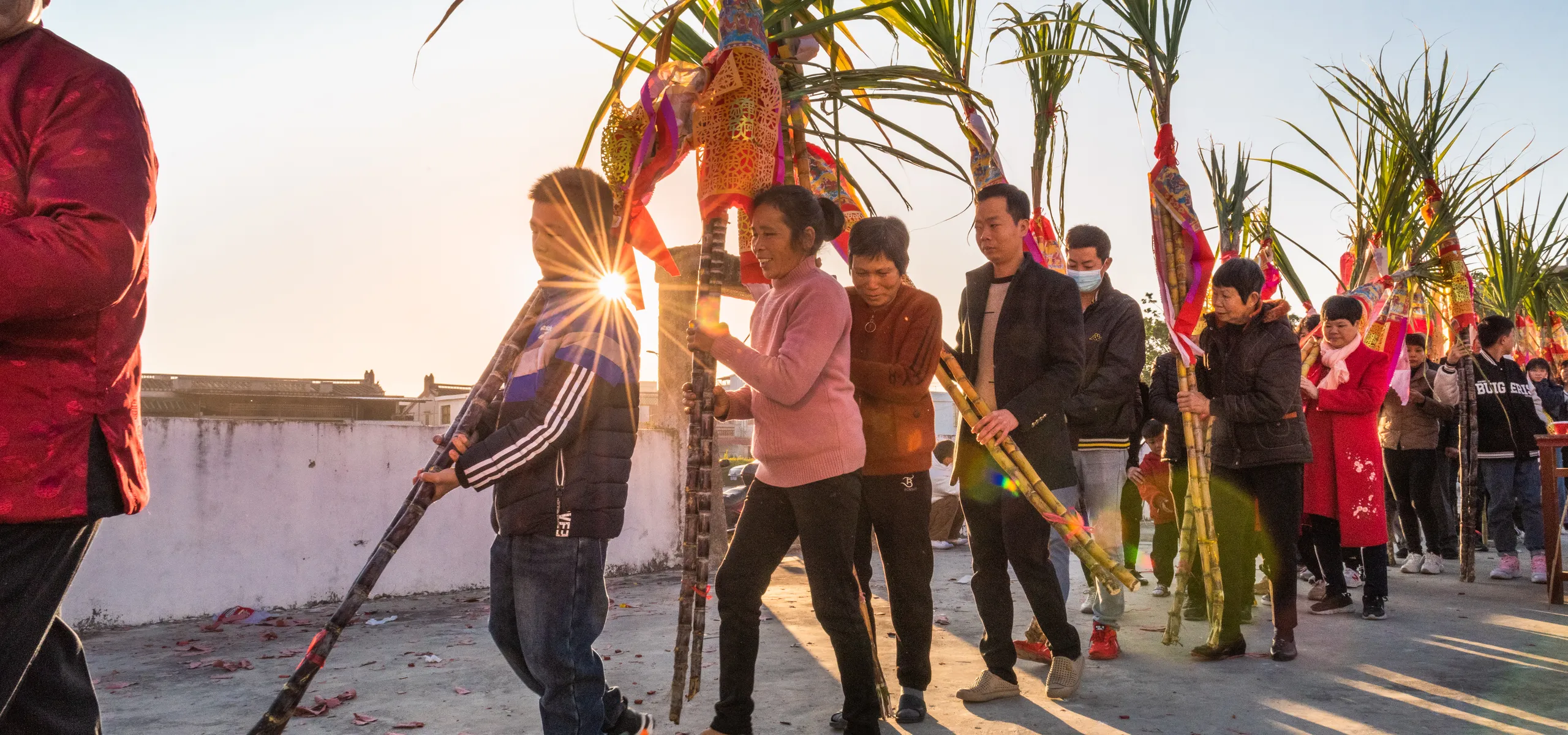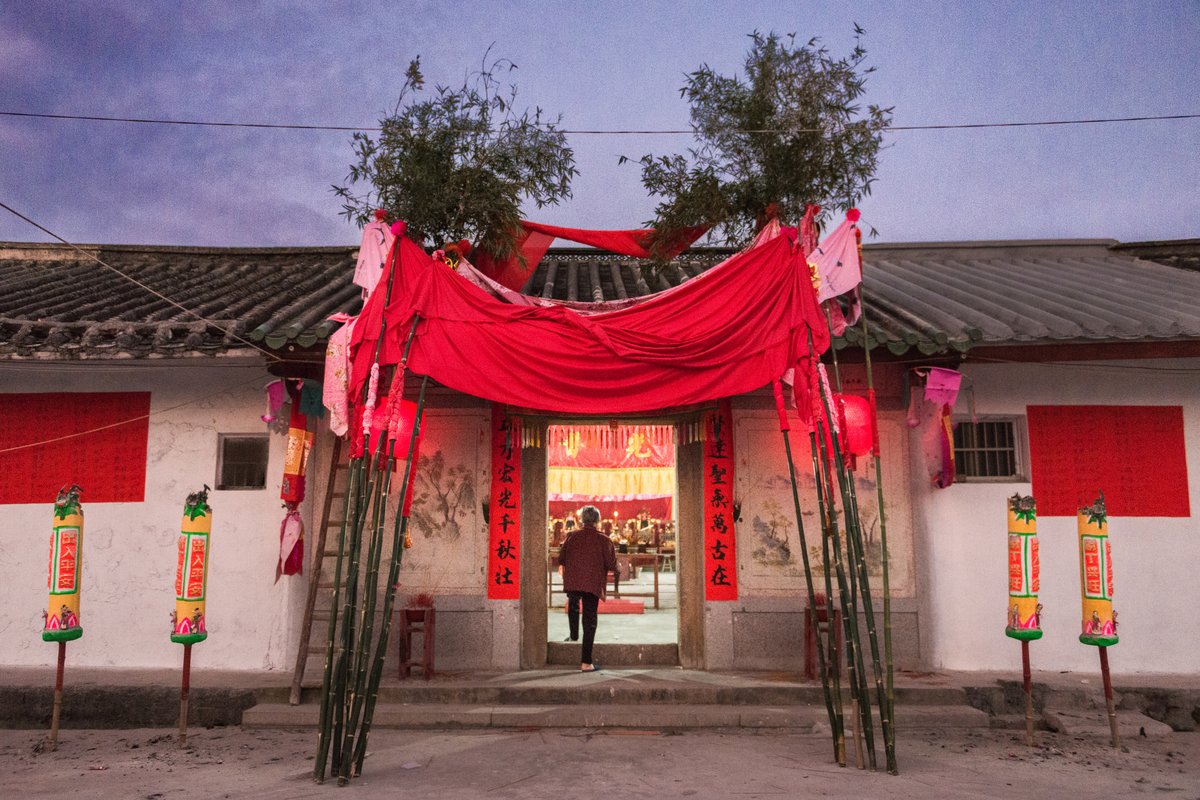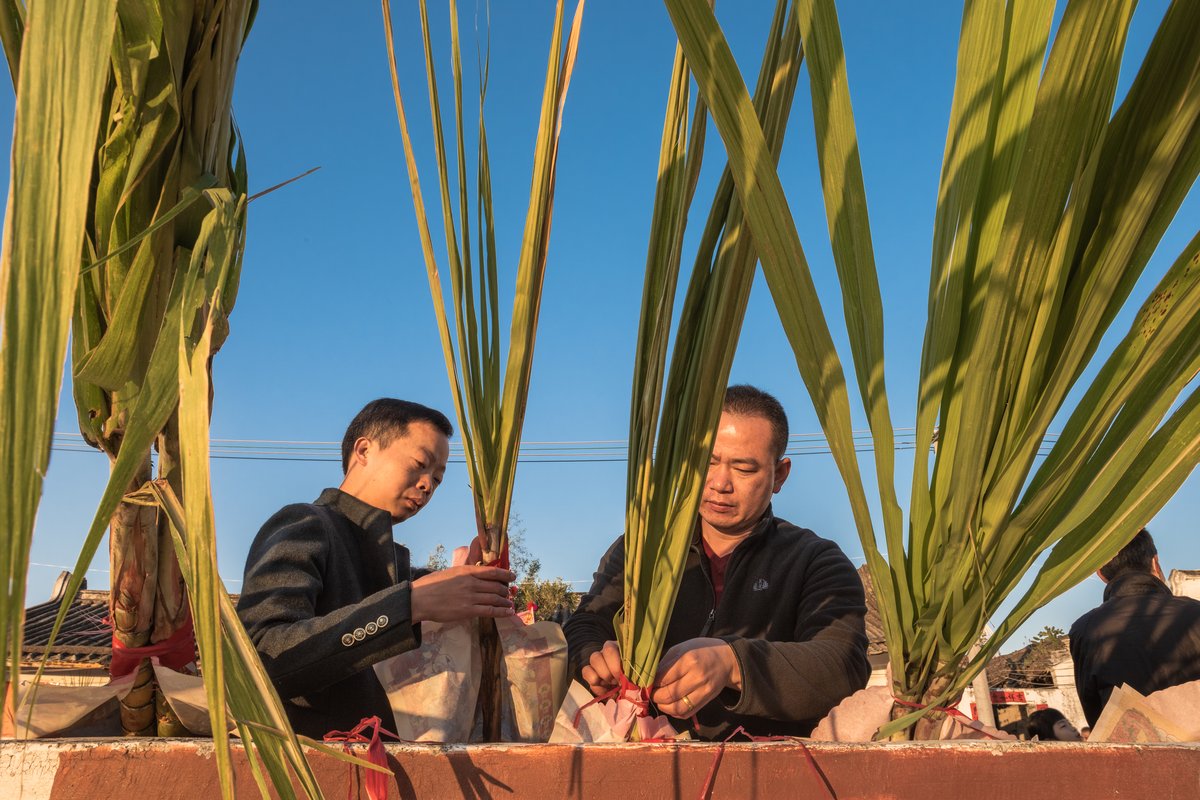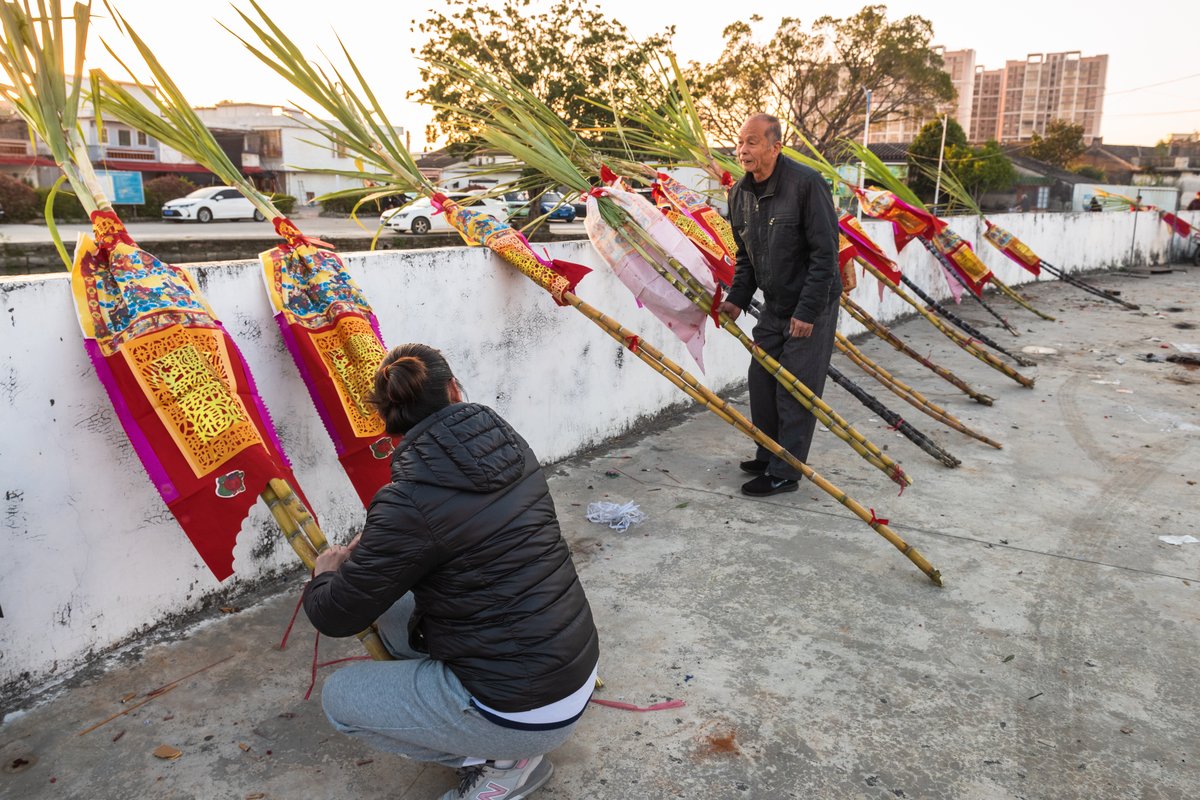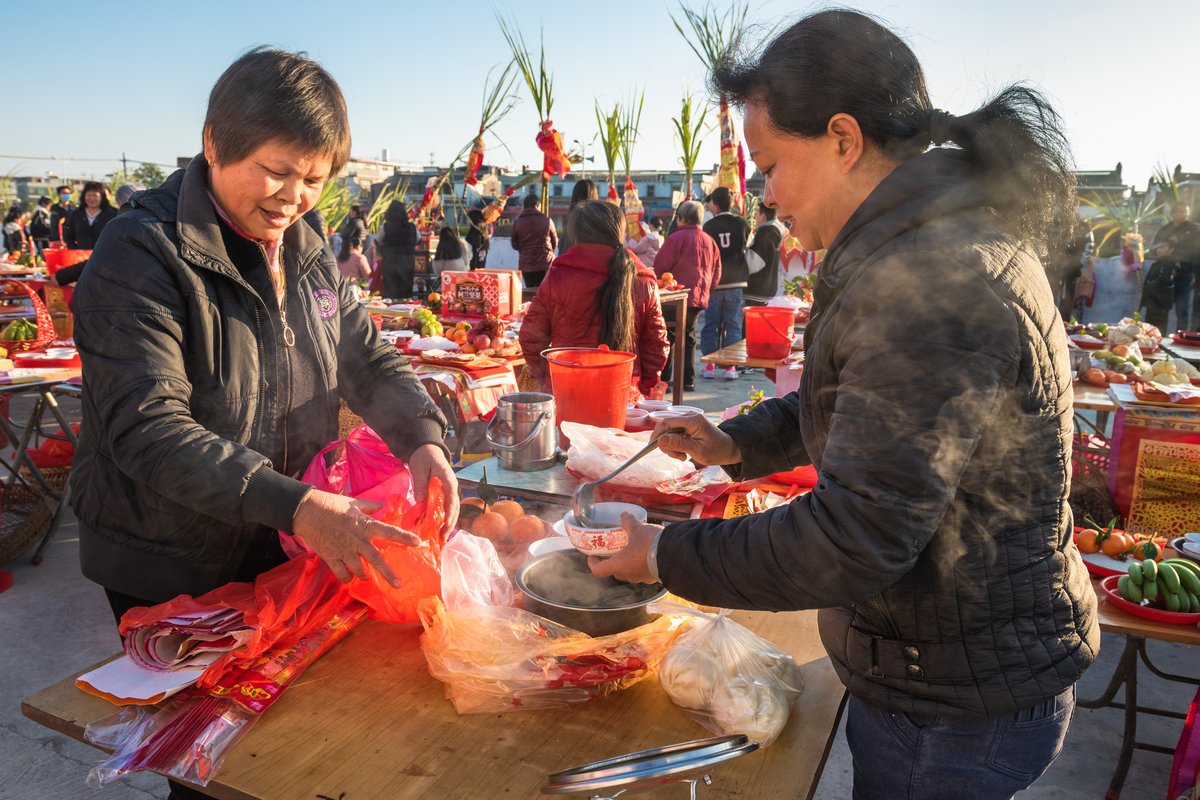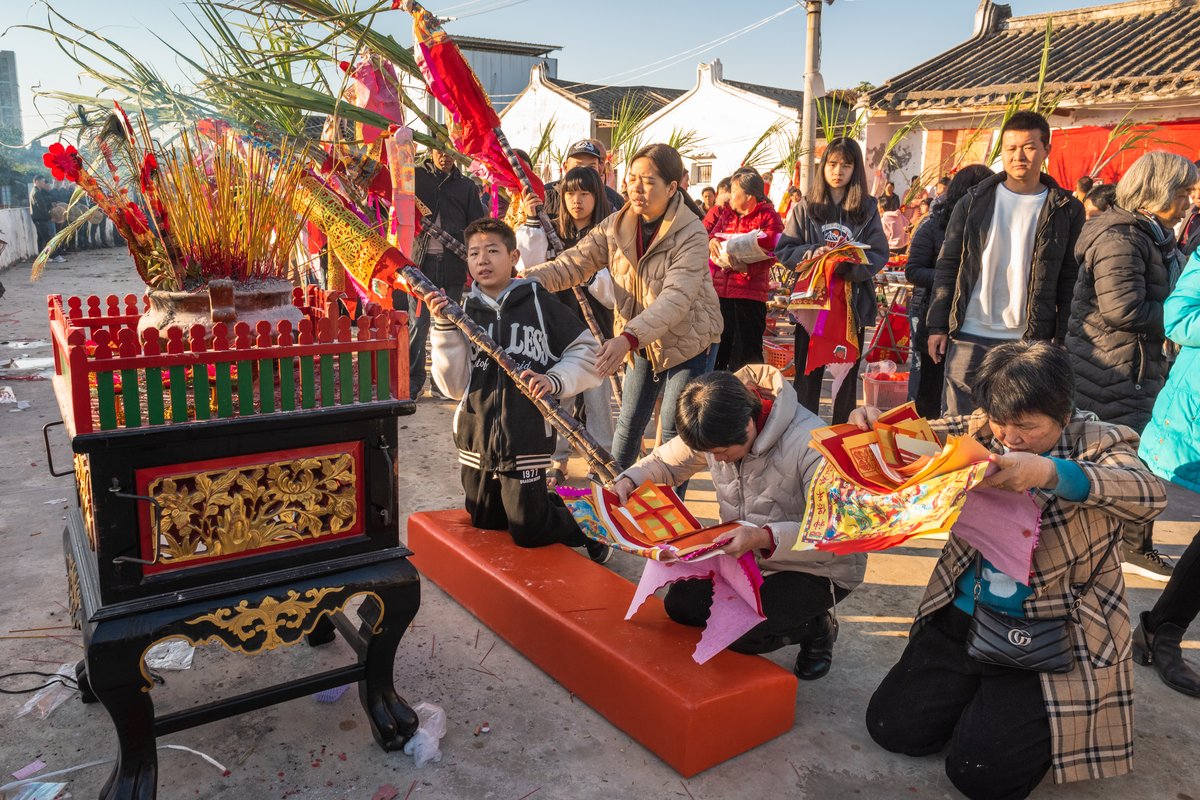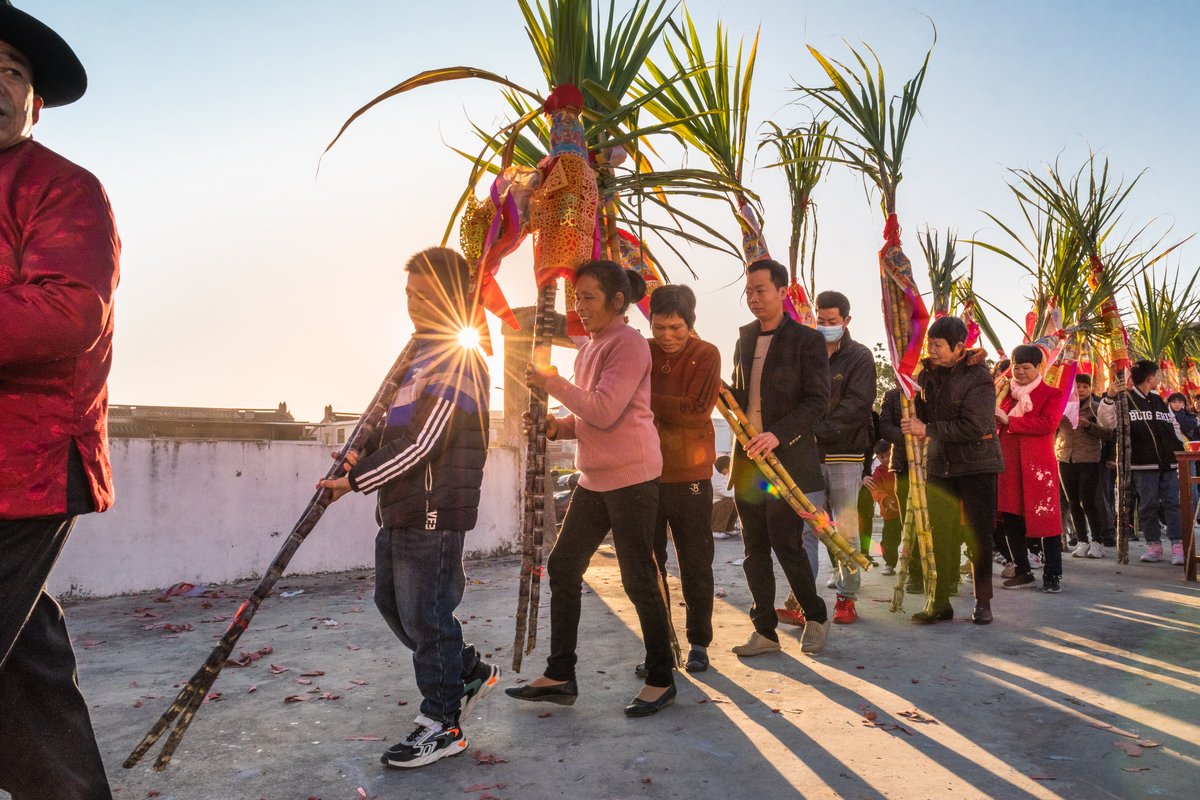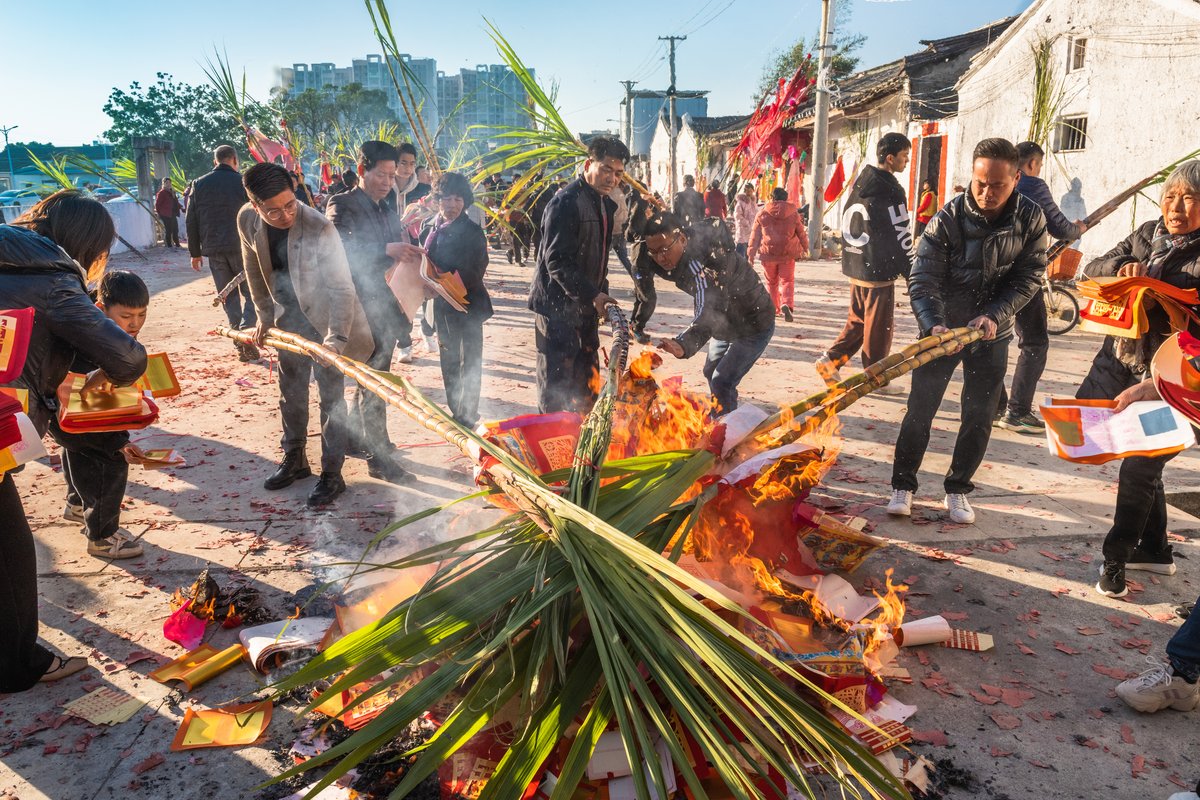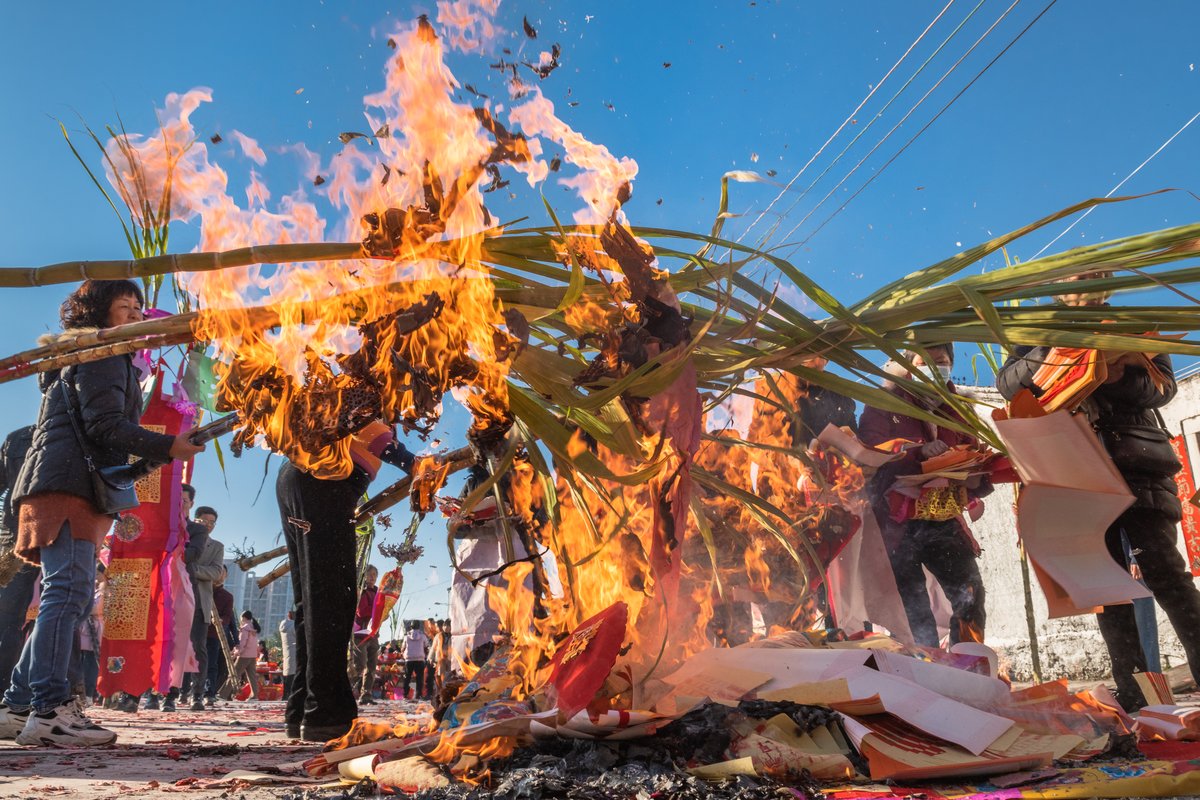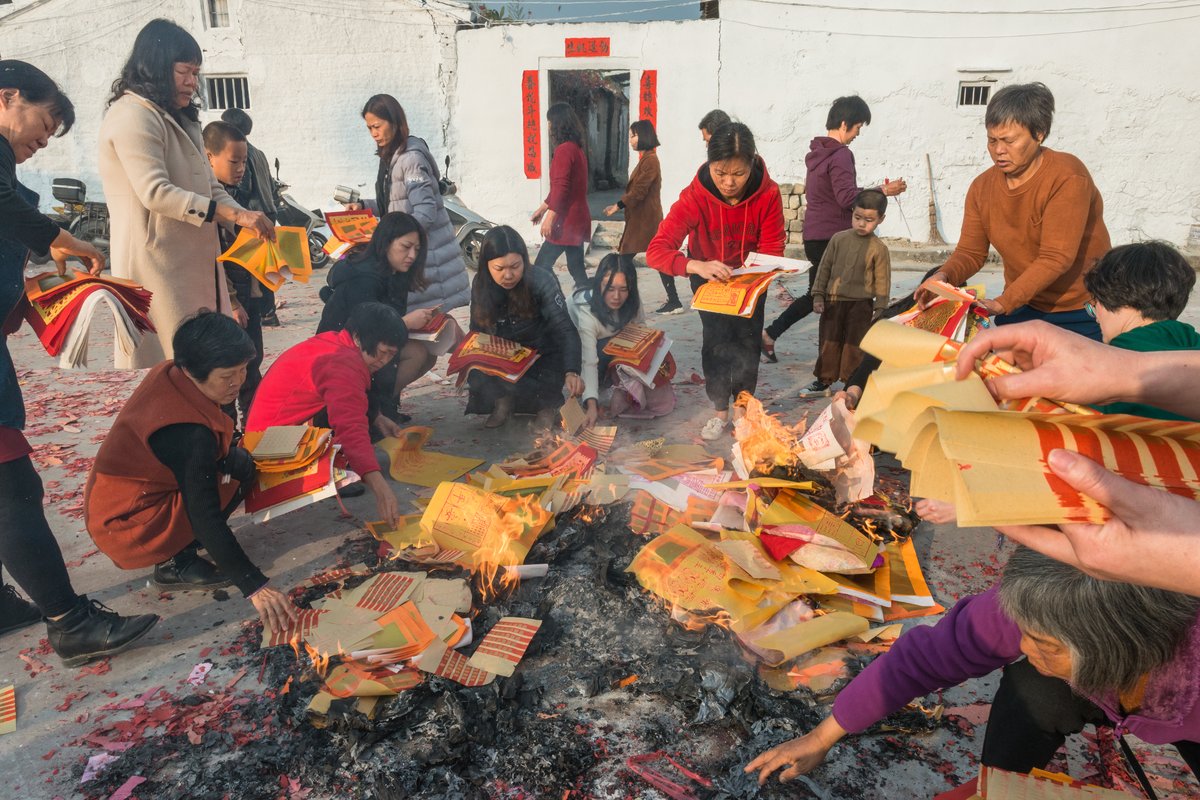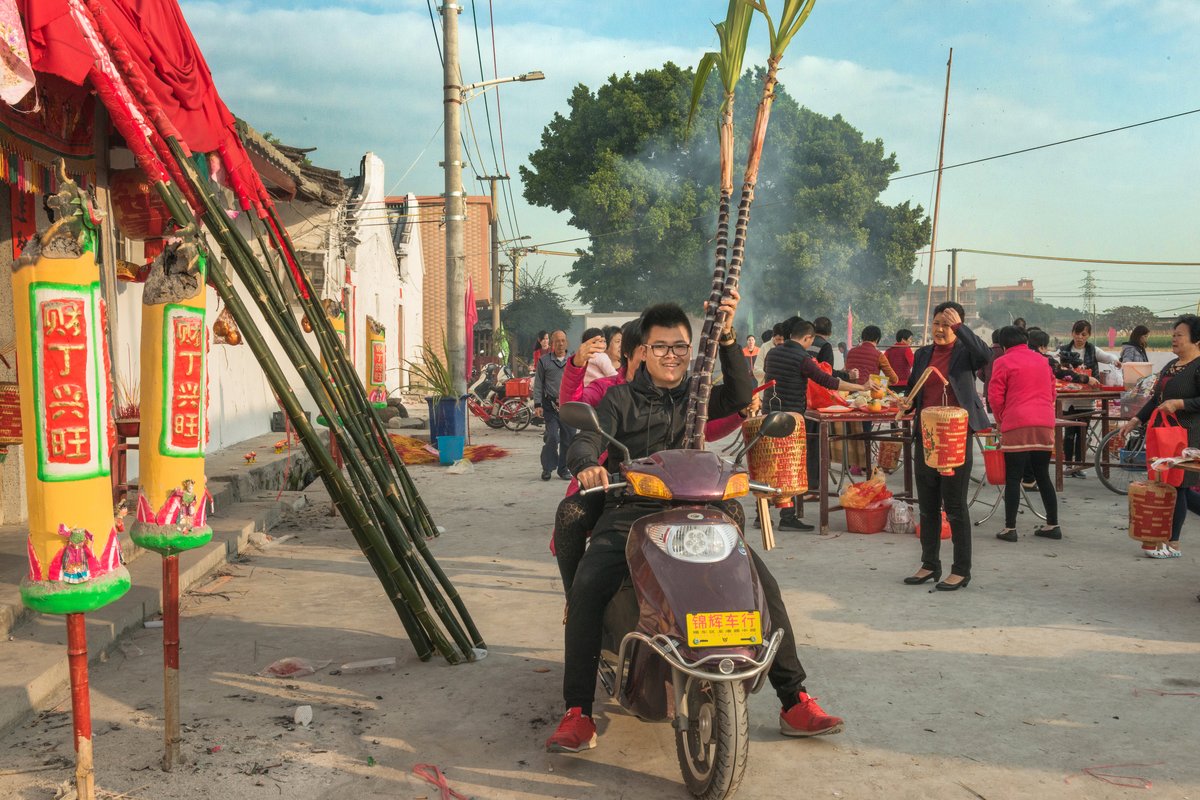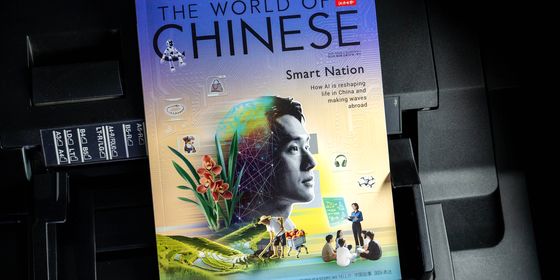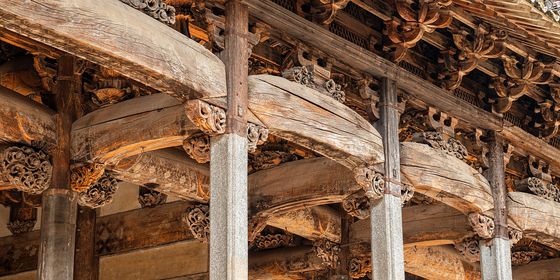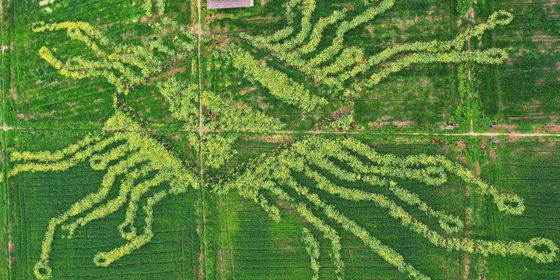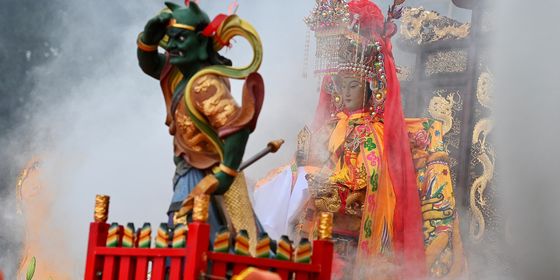The people of Fengxi village celebrate the Lunar New Year with a unique folk ritual involving sugarcane, deities, and fire
Villagers of Fengxi, eastern Guangdong province, are firm believers in the idea that “You reap what you sow.” That’s why during the Lunar New Year’s celebrations they “plant money (种钱).”
It’s a unique practice in this village of 500 people, who all belong to the Cai clan. These families have lived there for 25 generations since the 14th century. Fengxi village’s livelihood used to be dependent on sugarcane production, and the plant represents wealth in the local culture. Most of the villagers are now in the textile industry, with their hand-sewed bedding sets sold nationwide.
But sugarcane still plays an important part in Lunar New Year traditions. On the ninth day of the New Year, the birthday of the Heavenly Lord (天公) in Guangdong, Fujian, and other southern provinces, the villagers invite various deities to their ancestral hall by bringing their portraits in. Then they set up a large incense burner in the middle to pay respect to Heavenly Lord, the head of all deities.
Every family brings a pair of sugar cane sticks to the courtyard of the ancestral hall. Red, gold, and colored paper with auspicious patterns cut into them are tied to the sugar cane sticks. Called “tiantouqian (天头钱),” roughly translated to “heavenly money,” they are both offerings to the Heavenly Lord and “seeds” of wealth.
The whole village gathers in a parade around the incense burner, presenting offerings such as various cooked dishes and fruits as they go. The village band plays drums, gongs, and small cymbals, while representatives of each family, be it men, women, or children, revolve around the incense burner. Finally, a fire is lit for people to burn the paper money tied to their sugarcane sticks. The sticks, however, remain intact and are brought home to be shared among family members as a symbol of good luck in the new year.
Photography by Huang Ruide (黄瑞德)





